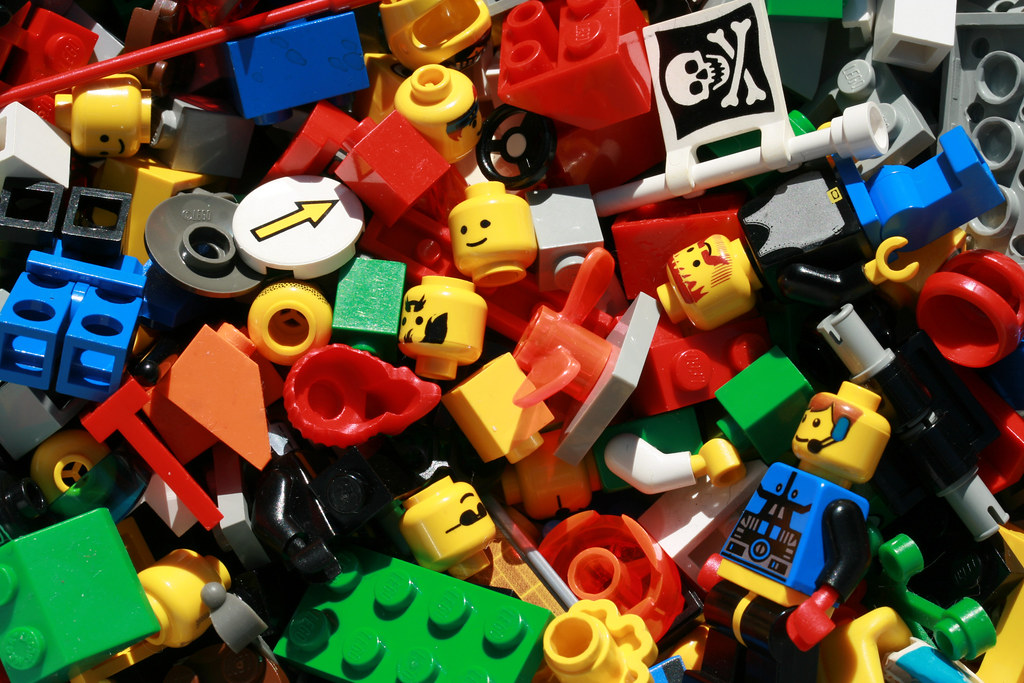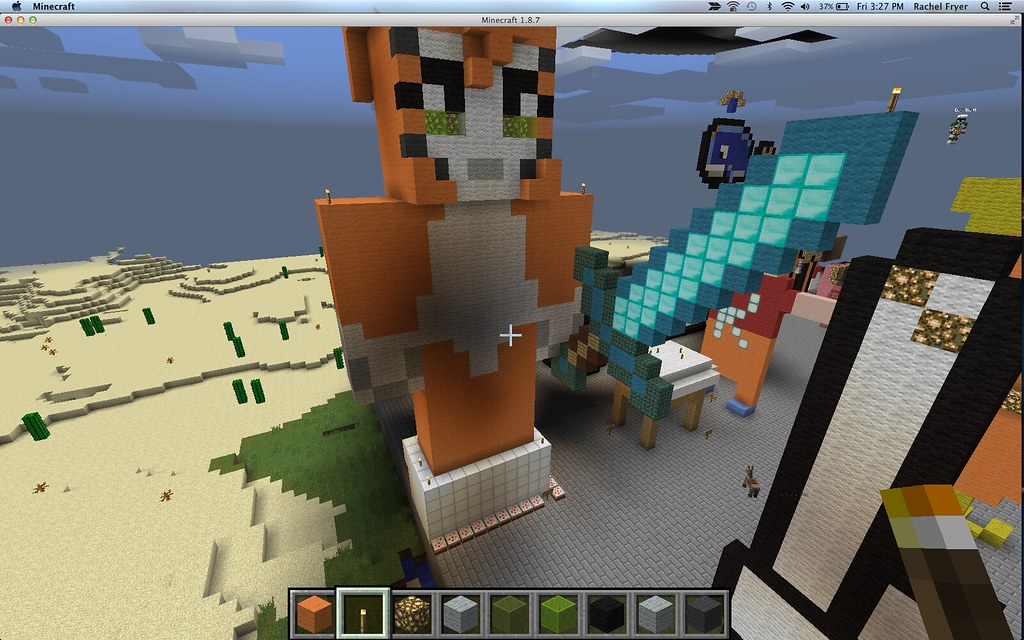About a week ago I was ready to go to bed. It was a late night and I was exhausted. I wanted to go to bed as soon as possible but my 13 year old refused to go to his room and get ready for school the next day. I kept uttering all sorts of motherly arguments: It's too late, you have school tomorrow, we are going to be late, you are going to be tired, don't you realize what time it is? I could not get my son to go to bed, just like tonight. It is past midnight and he is still there.... There he is, in this messy, chaotic, and dusty room, there, in a room where I dare not to go into, afraid I will have a panic attack. I need to control the environment in order to feel safe. Not him, not my 13 year old son in that room.... the Lego room.
On some late evenings, when I can barely keep myself awake, my son comes in rushing into my room with excitement: Mom, look at what I just built! Out of his hand comes a tiny Lego white car. It looks amazing. My immediate question when he shows me a Lego product is: Did you build this from scratch or is this a model? His frequent answer: Mom, I built this from scratch....
On some late evenings, when I can barely keep myself awake, my son comes in rushing into my room with excitement: Mom, look at what I just built! Out of his hand comes a tiny Lego white car. It looks amazing. My immediate question when he shows me a Lego product is: Did you build this from scratch or is this a model? His frequent answer: Mom, I built this from scratch....
As a mother I am amazed and excited. It is obvious that my son has a talent. But how did he get there? My son received a set of Legos when he was young. Throughout the years his collection grew. He wanted more, he wanted bigger and more complex models to build. He read the directions and put those models together by himself. No one ever taught him how to create with Legos. It was truly a self taught skill. Out of his love and passion for building blocks, he learned about spatial relations, shape and form. He learned to create structures that worked well together with a sense of functionality and purpose. By using existing models, he learned to transfer those skills to new contexts to create new products and fascinating models using Legos. With technology, he has self taught how to build castles, couches, microwaves, pantries, ships, cars, planes, and any other product he is interested in to complete a project. That fascination with building structures has transferred to the virtual world through Minecraft.
As I reflect upon how children learn and read about theories of learning, my son's ability to build with Legos reminds me of what Papert (1993) states about learning from a Piagetian perspective: "Children are builders of their own intellectual structures. Children seem to be innately gifted learners, acquiring long before they go to school, a vast quantity of knowledge by I process I call learning without being taught (Papert, 1993, p. 7)".
For teachers, this could apply to encouraging learners to express their passions and interests, to find ways to relate knowledge and create learning tasks in meaningful, relevant, and practical ways.
Papert, S. A. (1993). Mindstorms: Children, Computers, And Powerful Ideas. Basic Books.



